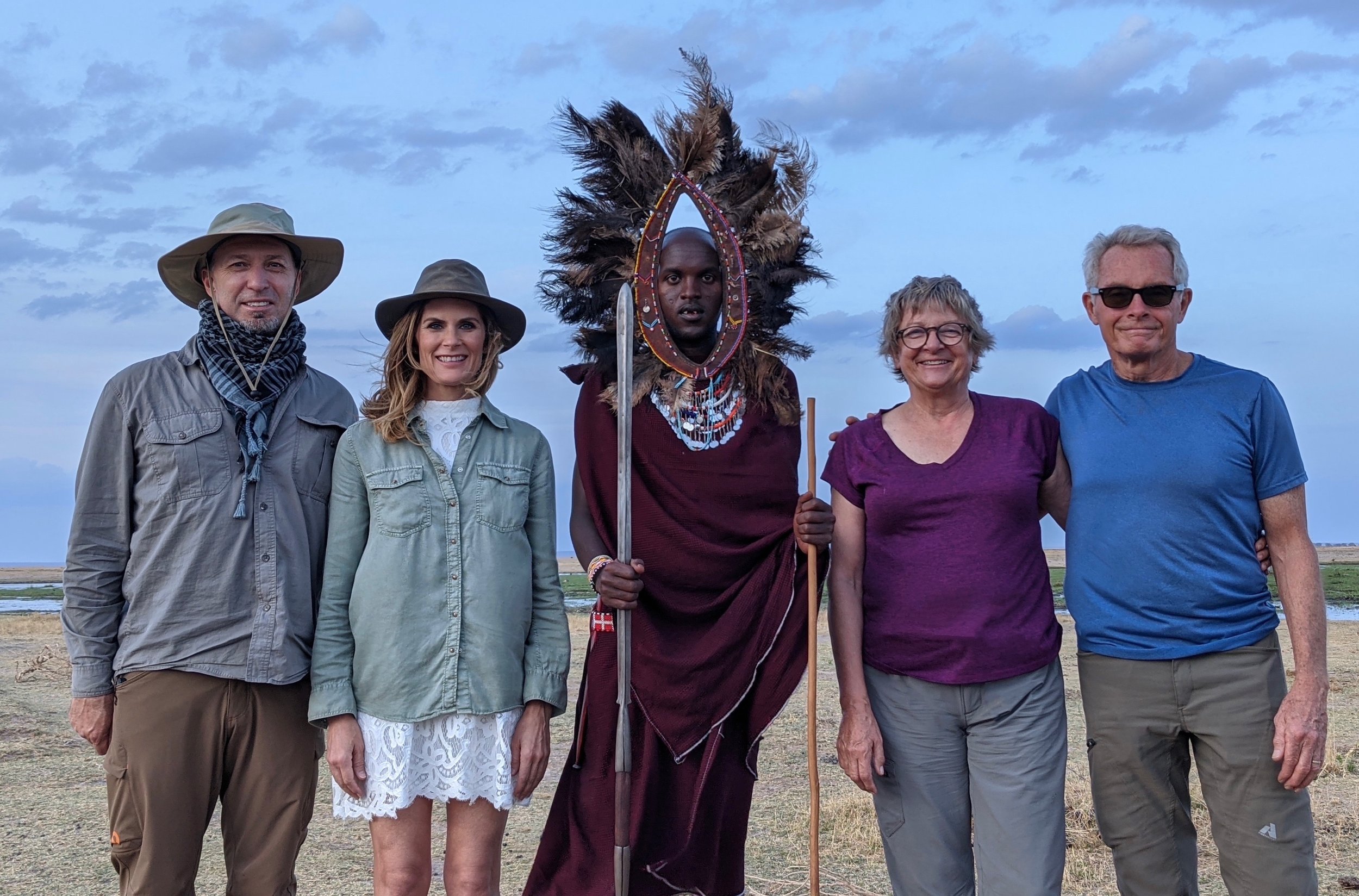What Clothing To Pack
One important thing to do before you pack anything, is to lay all of your clothing and accessory items out on your bed and see what pieces you can mix-and-match so that you can create several outfits using a few of the same clothing items. Less is more, and I can assure you that you will never be upset about packing too little, only too much. There’s no need to purchase a new wardrobe for safari. I only bought one or two new items, and I knew that I would wear these again once I returned home.
Good communication with your safari company or travel agent should give you a heads-up regarding weather conditions and insect frequency for the time of year you'll be traveling to Africa and what nations you will be visiting. This will help in deciding which fabrics to choose and how much layering will be necessary for each stopover. Our safari company, Journey To Africa, made packing a breeze with their own detailed packing list.
Earth tones like tans, muted browns, light greens and blues will serve you well, not only for reflecting most of the visible wavelengths on a hot day, but it can get dusty during those adventurous jeep rides, so it's nice to keep the wash load down. I've also found it easier to find softer, breezier fabrics in these lighter colors.
Warmer clothing options like fleeces, light-weight jackets and pullovers will be essential for those early mornings, evenings and higher altitudes. Do leave your bulky sweaters and jeans at home. They take up too much space in your pack, and you won’t need those heavier fabrics on safari. Be sure to pack a rain jacket just in case, as you never know what the elements might surprise you with each day. Do your best to be prepared, comfortable and protected at all times.
The proper shoes can make or break a good vacation, so a little effort goes a long way in selecting footwear. I prefer a high-top boot, but this is just personal preference. Depending upon your itinerary, unless you are scheduled to take on Mt. Kilimanjaro, Ngorongoro Crater, or other challenging treks in Africa, most of your time will be spent in a 4x4 or relaxing around camp. So, most trail or day-hike shoes will suffice.
Socks are also a small, yet very important item to choose wisely. I prefer a wool or cotton blend, and a sock that covers your ankles. If bugs are present, this seems to be the one spot where I get nibbled on the most. A nice compression sock will keep circulation flowing if you're sitting for long hours. They are especially important for those long international flights. Wool socks that are lined with a cotton blend make for a lovely alternative if you have a sensitively to wool.
Hats can be found in an array of styles, colors and fabrics, and I switched between a breathable UV-protected hat with an adjustable chin strap, which is great for those windy days, and a fedora-style packer hat. Beanies make for a great option as well, they're easy to pack and will keep you warm during those chilly morning rides.
Scarves or bandanas also come in handy as hair ties or face-coverings when needed, and sunglasses should be worn not only for daily sun protection, but as a shield from the wind.
Ladies, one last suggestion, a quality sports bra. Yes, a sports bra. Those safari jeeps don't do us any favors with all of that bouncing and bobbing about, so good support is a must!








